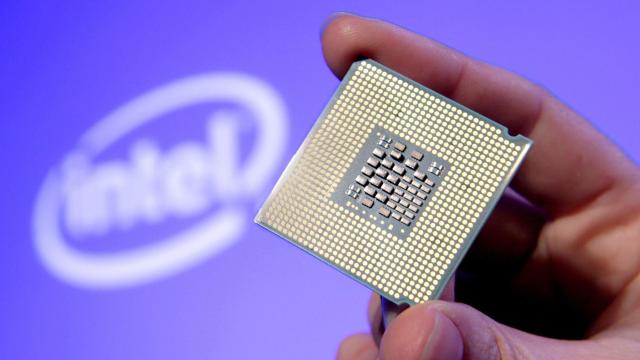If you thought greater GPU availability and lower prices might suggest the ongoing chip shortage were easing, Intel is here to bring you back down to Earth.
The chipmaker’s CEO, Pat Gelsinger, told CNBC’s TechCheck that semiconductor woes won’t resolve in full until 2024, as they’ve now hit equipment manufacturing. Without the chip capacity to build certain manufacturing tools, factories will struggle to ramp up production, regardless of whether they’ve acquired the chips needed for their products.
“That’s part of the reason that we believe the overall semiconductor shortage will now drift into 2024, from our earlier estimates in 2023, just because the shortages have now hit equipment and some of those factory ramps will be more challenged,” Gelsinger said.
The 2024 prediction is further away than what most tech executives have predicted since the chip shortage began terrorizing the auto and tech industries two years ago. In fact, Gelsinger, in 2021, said it would take “a couple of years” for the shortage to abate, and pointed to 2023 for when we’ll see the “supply chain tightness release a little bit.”
Turning to Intel’s rival, AMD CEO Lisa Su said last September that the shortage would become less severe in the second half of 2022, but didn’t predict when it might end altogether. Nvidia’s Chief Financial Officer Colette Kress projected supply improvements in the second half of 2022.
The chip shortage and resulting price increases are a result of surging demand combined with pandemic-related production disturbance. In response, chipmakers have committed to building plants in the U.S. and Europe as a way to geographically diversify production. Intel is planning a $US20 ($28) billion factory in Ohio (along with new fabs in Germany and Arizona), TSMC started construction on a $US12 ($17) billion fab in Pheonix, Arizona, and Samsung has a $US17 ($24) billion plant arriving in Taylor, Texas.
These facilities should help protect the industry from another shortage, but current timelines suggest they won’t go online until the current problems have ended. Fortunately, chip shortages appear to be easing in some of the hardest-hit segments, including automotive and consumer technology.
On the GPU front, a recent report indicated that AMD chip prices had declined in the past three weeks by an average of 13% while Nvidia cards had dropped 6%. The price decrease is slowing, but components from both Team Red and Team Green are now nearing MSRP, down from peak markups of above 300%. There are also signs of an improving situation in the auto industry, though a return-to-normal date remains elusive.
